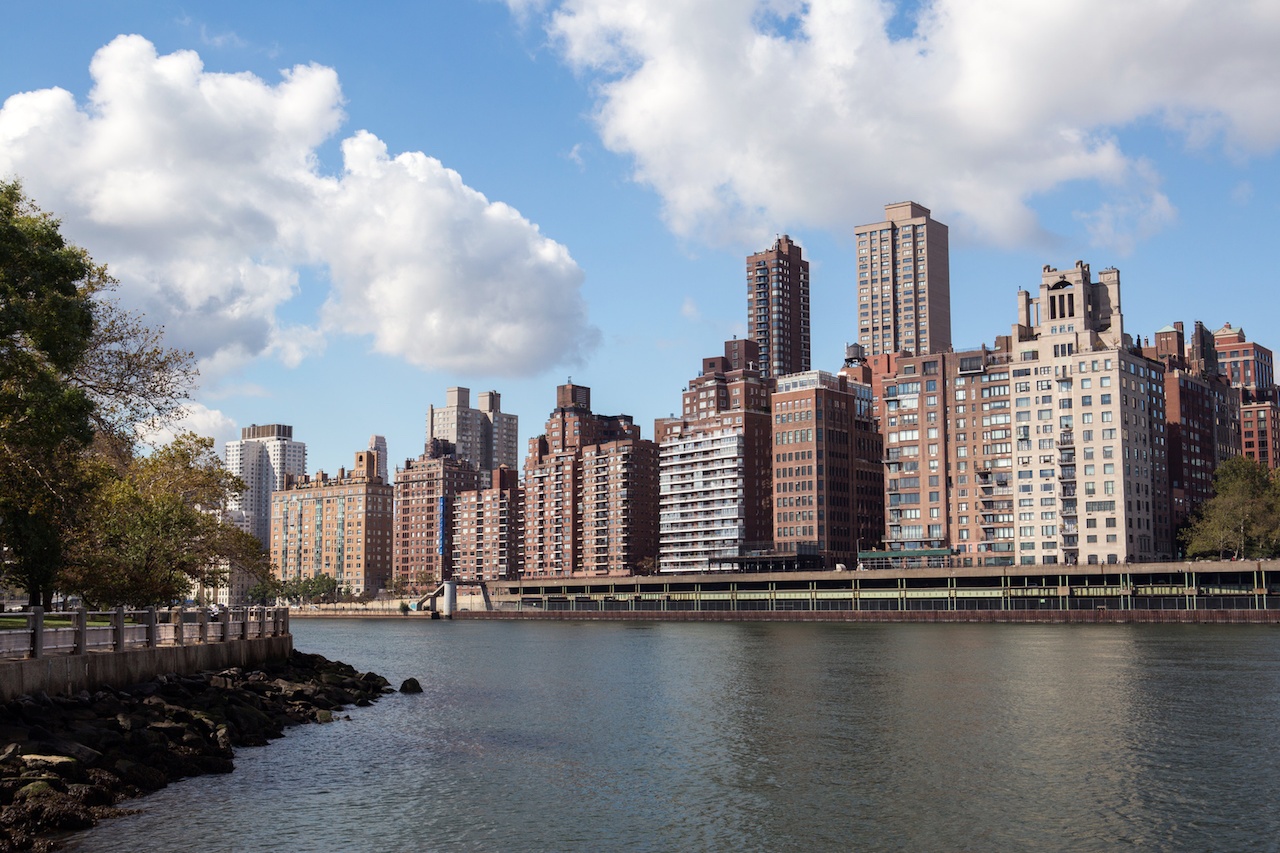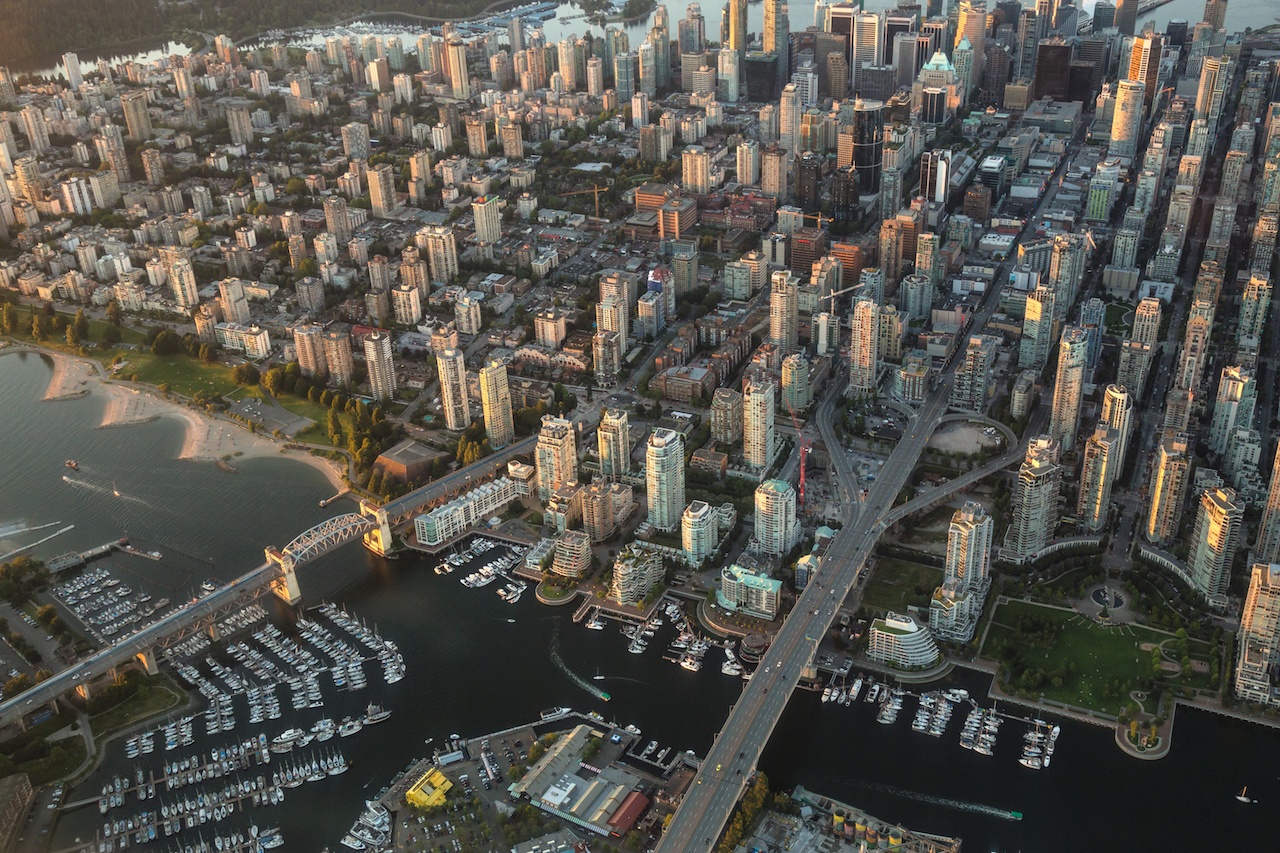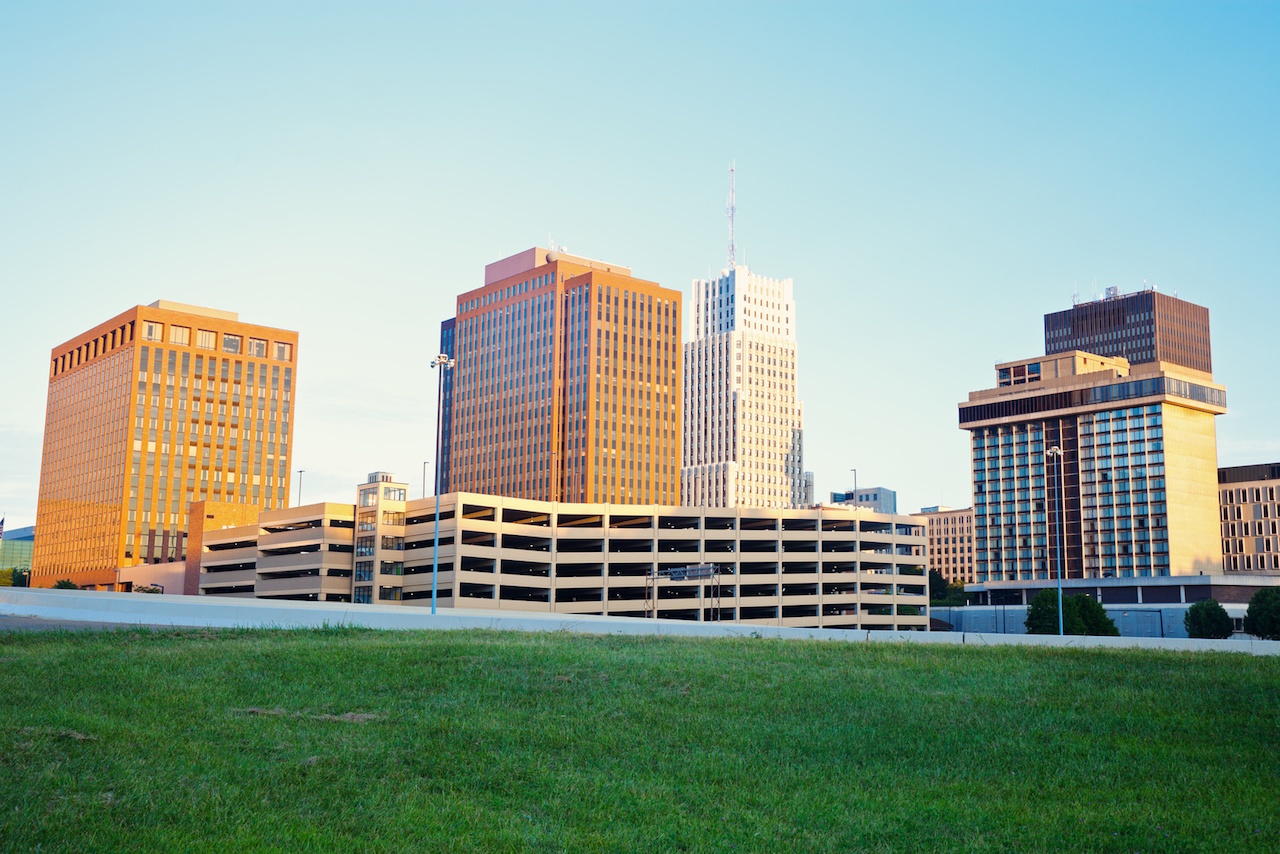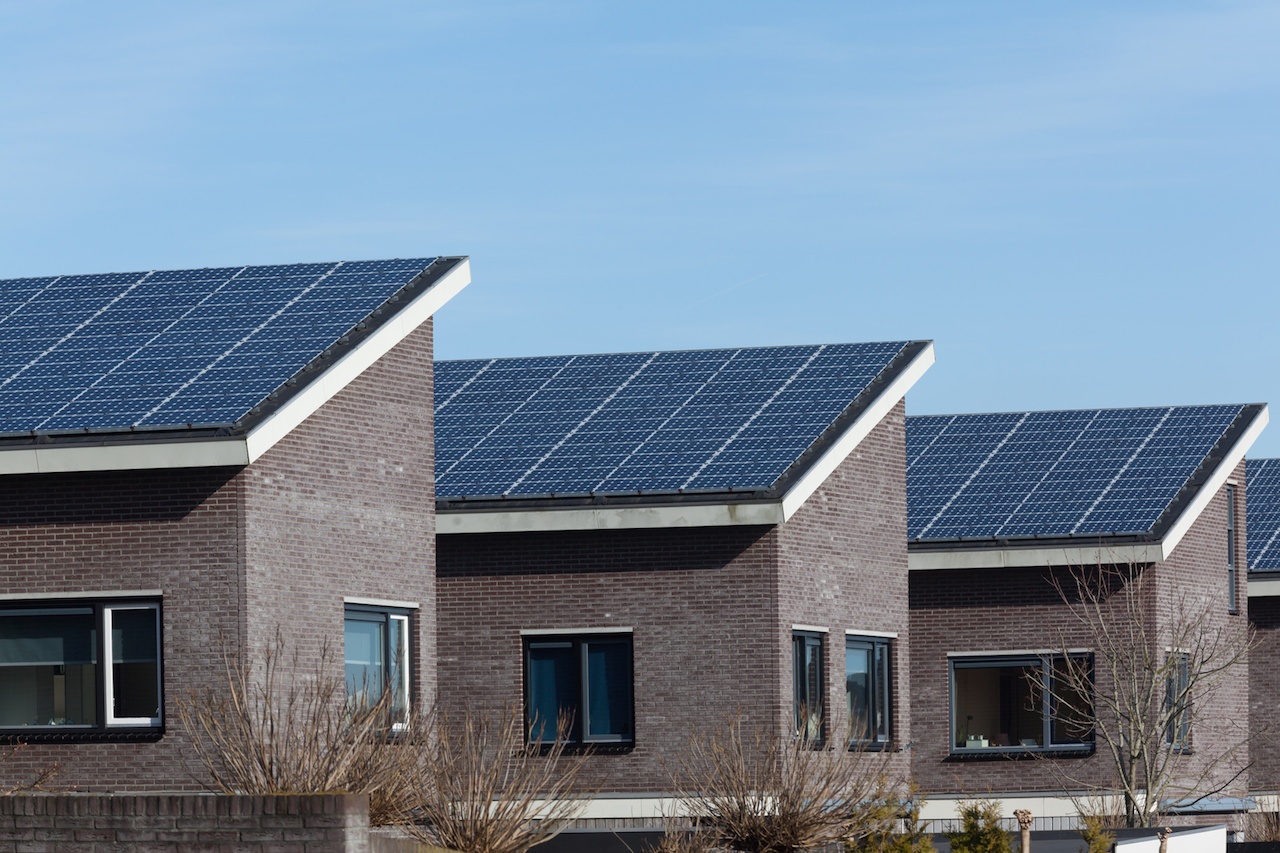Economy
A broad category of content focused on economic-related topics in cities.
Examples: jobs, finance, public-private partnerships, business management, inequality/poverty, budgeting, micro/macroeconomics
Using Socially Responsible Investing to Enable Local Action
The tremendous growth of socially responsible investing means that, whether corporations are in the S&P 500 or just starting out, they now understand that large pools of investment capital are looking at their performance, not just with an eye toward short term quarterly investment horizons, but with a focus on long term risk issues such as the sustainability of supply chains and long term product viability in the face of disruptions caused by climate change as illustrated by the Occidental and Exxon votes.
How the Notion of ‘Smart Cities’ Has Changed
Smart city propositions are moving from a hardware- and solution-driven market, to a software- and data platform-driven one, from an asset centric approach to a service centric one. Slowly but surely, community digitalization efforts are changing from having a simple transaction (say, between a municipality and a service provider) at the heart, to the smart city becoming a market place: the City as a Service is on the rise. The latter allows for the principle of ‘consumption economics’ to be introduced, with different societal stakeholders (including government and citizens) to consume ‘digital’ only as much as they need.
Ohio: America’s Innovation Corridor
Ohio is home to, or connected with, numerous businesses, academic institutions, research facilities and trade organizations involved in development and commercialization of new technologies, including those related to information technology and autonomous and connected vehicles.
Ohio is creating smart mobility corridors that will be the proving ground for innovation in transportation. In November, state officials announced a $15 million investment in a Smart Mobility Corridor, installing fiber-optic cable and sensors in the 35-mile stretch of highway between Columbus and the TRC in East Liberty, where new technologies can be safely tested in real-life traffic situations.
Business Improvement Area 2.0: Place-Based Industrial Strategy
Business Improvement Areas (BIAs) empower local business people, commercial property owners, and professionals in a specific geographic area to collaborate with the support of a local municipality in organizing, financing, and carrying out physical improvements and marketing of their districts. The key to its resilience over the years was the innovation of ‘compulsory BIA membership and levy payments’ which overcame the perennial free-rider problem intrinsic to voluntary business associations of the past. It is generally acknowledged that the BIA model, through this ability to harness business funds and reinvest them directly back into the local business area, has been a success internationally, in terms of enhanced economic, social, and community development outcomes.
Towards a New Digital Deal
Communities around the world are accelerating their response to the current wave of digital innovations and they have good reason to. Digitalization can be considered a critical ingredient in the recipe of our sustainable communities of today and tomorrow – in the broadest sense of the word – economically, socially and environmentally. Digitalization carries the means and the organizational paradigm to not just do things slightly more efficiently, but differently and better. The design shift it affords can help us collectively tackle some of the greatest challenges humanity has ever faced, such as climate change, the need for sustainable and affordable energy, fair and sufficient levels of water and food distribution, and education and healthcare for all in a world where the population continues to grow. And of course, it should help us arrive at solutions and services that will allow burgeoning cities to thrive.
Green Buildings in Sustainable Communities: Everybody Wins
Green buildings support the goals of sustainable communities and vice versa. When office, apartment and retail properties are built and managed sustainably, the surrounding neighborhood benefits. Likewise, a community that enables a sustainable, live-work-play lifestyle enhances the long-term relevancy of green buildings within its borders.
These communities often promote job growth by creating environments for start-ups to thrive. In addition, companies in many business sectors are locating offices in sustainable urban neighborhoods in order to attract the college-educated millennials who live there. As they grow, companies lease office space in buildings they believe will help them attract talented employees—and sustainability is an important part of that appeal.
Northeast Ohio’s Startup Ecosystem: The Visible & The Invisible
As one of the region’s champions of entrepreneurship, Morgan Foundation has been among the ecosystem builders focusing on startup support for all types of entrepreneurs. The programs we fund help children develop the entrepreneurial mindset, support college students as they conceptualize and launch new ventures, and undergird the services that propel experienced adult entrepreneurs to develop high potential startups.
Northeast Ohio is doing well at concocting its entrepreneurial stew, but we recognize that there is always more to learn. As we prepare to welcome Meeting of the Minds to Cleveland in the fall, we see the goal of this gathering as ideal for the crucible of interdisciplinary thinking that is teeming in our region. We expect that it will throw “gasoline on the fire” and we are anxious to showcase all the great intersections brewing in and around Cleveland; the blending of medicine with biomimicry, fashion with technology, and 3-D printing with manufacturing!
Cities as Innovation Platform for Green Economic Development
Since 2010, the City of Vancouver has been executing on it’s world-acclaimed Greenest City Action Plan (GCAP) which aims to have Vancouver reduce its environmental impact, by a wide range of measures, and become the “greenest city in the world” by 2020. The plan is a bold one and has called on the Vancouver Economic Commission (VEC) and the City to support and enable innovation and innovators in new ways. Vancouver has transformed from a resource-based economy to a low-carbon, knowledge-based economy that can count over 20,000 “green jobs” representing more than 5% of today’s local workforce.
5 Ways Akron is Redefining Entrepreneurship
Akron, Ohio, like many legacy cities, experienced a rougher-than-average blow with the economic downturn. But with the help of a new generation of entrepreneurs, the city is also rebounding at a stronger rate than some of its neighbors. Here’s a look into what makes...The Transformative Potential of Community Solar
America is following the sun. Last year, the U.S. welcomed a new megawatt of solar capacity every 36 minutes, which created 1 out of every 50 new American jobs. Solar energy is abundant, affordable, and clean – and it’s growing. Thanks to community solar, it could also become a transformative way to share power, welcoming low-income communities to the economic opportunities of clean, distributed energy.
While rooftop solar has become a familiar part of the solar sector’s growth, it’s not accessible to half of the country. If you don’t own your own roof, don’t have good sun exposure, or don’t have good credit, it’s not an option. From an industry perspective, that means that the solar sector is missing out on at least half of its potential customers.












